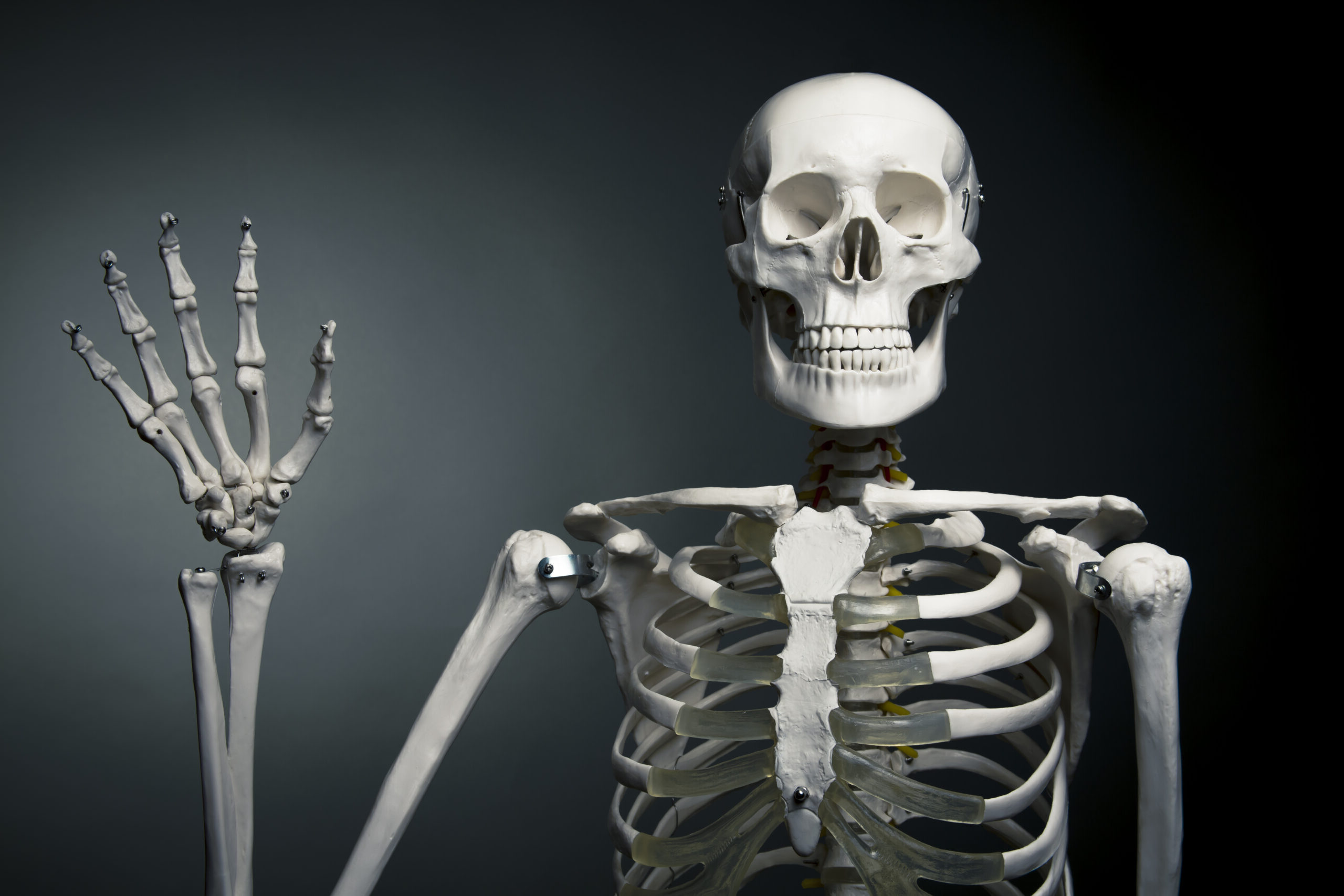
Ever wondered what holds your body together? The human skeleton is a marvel of nature, providing structure, protection, and movement. With 206 bones in adults, it’s a complex system that does more than just keep you upright. From the tiny bones in your ear to the sturdy femur in your thigh, each bone has a unique role. Did you know that babies are born with around 270 bones, some of which fuse as they grow? Or that the smallest bone, the stapes, is just 3mm long? Bones are living tissues, constantly being broken down and rebuilt. They store essential minerals like calcium and produce blood cells. Ready to learn more? Here are 27 amazing facts about your skeleton!
Key Takeaways:
- The human skeleton has 206 bones, and they are living tissue that constantly renews itself. It's like having a strong, flexible, and ever-changing framework inside our bodies!
- Bones grow until about age 25, and exercise strengthens them. So, it's important to take care of our bones by staying active and eating nutritious foods to keep them healthy and strong!
Human Skeleton: The Framework of the Body
The human skeleton is a marvel of natural engineering. It provides structure, protects vital organs, and allows movement. Here are some fascinating facts about this incredible system.
-
The human skeleton has 206 bones. At birth, humans have around 270 bones, but some fuse together as they grow.
-
Bones are living tissue. They constantly renew themselves through a process called remodeling.
-
The smallest bone is in the ear. The stapes, located in the middle ear, is just 3mm long.
-
The largest bone is the femur. Also known as the thigh bone, it supports the weight of the body.
-
Bones are made of collagen and calcium. Collagen provides flexibility, while calcium gives strength.
-
The skeleton makes up about 20% of body weight. This includes bones, cartilage, and joints.
Bone Growth and Development
Bones grow and change throughout life. Understanding this process reveals much about human development.
-
Bones grow until about age 25. Growth plates close around this age, marking the end of bone lengthening.
-
Bone density peaks in early adulthood. After this, maintaining bone health becomes crucial.
-
Children's bones heal faster than adults'. Their bones are still growing, which speeds up the healing process.
-
Bones can repair themselves. When broken, bones form a callus that eventually turns into new bone.
-
Exercise strengthens bones. Weight-bearing activities stimulate bone growth and density.
Joints and Movement
Joints connect bones and allow movement. They come in various types, each suited to different functions.
-
There are three main types of joints. These are fibrous (immovable), cartilaginous (partially movable), and synovial (freely movable).
-
Synovial joints are the most common. Examples include the knee, elbow, and shoulder.
-
The knee is the largest joint. It supports much of the body's weight and allows for complex movements.
-
Joints contain synovial fluid. This fluid lubricates joints, reducing friction and wear.
-
Ligaments connect bones at joints. They provide stability and limit excessive movement.
Bone Health and Nutrition
Maintaining bone health is essential for overall well-being. Nutrition plays a significant role in this.
-
Calcium is vital for bones. Dairy products, leafy greens, and fortified foods are good sources.
-
Vitamin D helps absorb calcium. Sunlight exposure and certain foods provide this essential vitamin.
-
Phosphorus is another key mineral. It works with calcium to build strong bones.
-
Protein supports bone structure. It makes up about 50% of bone volume and a third of bone mass.
-
Avoiding smoking and excessive alcohol benefits bones. These habits can weaken bone structure over time.
Fun and Surprising Facts
Beyond the basics, the human skeleton has some surprising and fun aspects.
-
Humans and giraffes have the same number of neck bones. Both have seven cervical vertebrae, despite the giraffe's long neck.
-
The hyoid bone is unique. Located in the throat, it doesn't connect to any other bone.
-
Bones are stronger than steel. Ounce for ounce, bone can withstand more force than steel.
-
Teeth are part of the skeletal system. They are not considered bones but share similar characteristics.
-
The skeleton renews itself every 10 years. Bone remodeling ensures old bone is replaced with new.
-
Astronauts lose bone density in space. Without gravity, bones weaken, requiring special exercises to maintain strength.
The Marvel of Our Skeleton
Our skeleton isn't just a bunch of bones; it's a complex, dynamic structure that supports and protects us every day. From the 206 bones in an adult body to the 300 bones babies start with, our skeletal system undergoes fascinating changes throughout life. Bones are living tissues, constantly remodeling and repairing themselves. They store essential minerals like calcium and phosphorus, which keep us strong and healthy.
Joints, ligaments, and cartilage work together to provide flexibility and movement. The skull protects our brain, while the rib cage shields vital organs like the heart and lungs. Even the smallest bones, like those in the ear, play crucial roles in our daily functions.
Understanding these facts about our skeleton helps us appreciate the incredible design and functionality of our bodies. So, next time you move, remember the amazing framework making it all possible.
Frequently Asked Questions
Was this page helpful?
Our commitment to delivering trustworthy and engaging content is at the heart of what we do. Each fact on our site is contributed by real users like you, bringing a wealth of diverse insights and information. To ensure the highest standards of accuracy and reliability, our dedicated editors meticulously review each submission. This process guarantees that the facts we share are not only fascinating but also credible. Trust in our commitment to quality and authenticity as you explore and learn with us.
